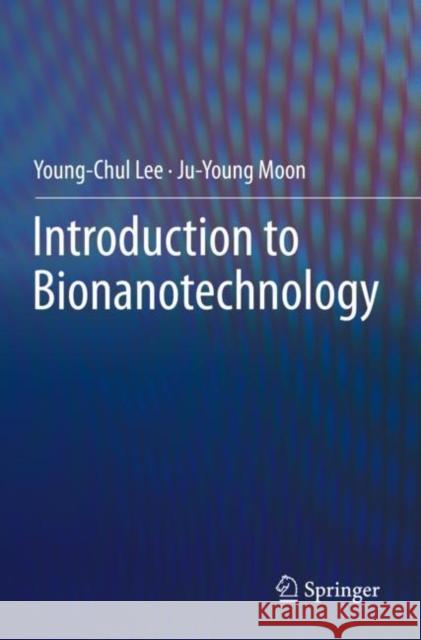Introduction to Bionanotechnology » książka
topmenu
Introduction to Bionanotechnology
ISBN-13: 9789811512957 / Angielski / Miękka / 2021 / 234 str.
Introduction to Bionanotechnology
ISBN-13: 9789811512957 / Angielski / Miękka / 2021 / 234 str.
cena 242,07
(netto: 230,54 VAT: 5%)
Najniższa cena z 30 dni: 231,29
(netto: 230,54 VAT: 5%)
Najniższa cena z 30 dni: 231,29
Termin realizacji zamówienia:
ok. 22 dni roboczych
Bez gwarancji dostawy przed świętami
ok. 22 dni roboczych
Bez gwarancji dostawy przed świętami
Darmowa dostawa!
Kategorie:
Kategorie BISAC:
Wydawca:
Springer
Język:
Angielski
ISBN-13:
9789811512957
Rok wydania:
2021
Wydanie:
2020
Ilość stron:
234
Oprawa:
Miękka
Wolumenów:
01











